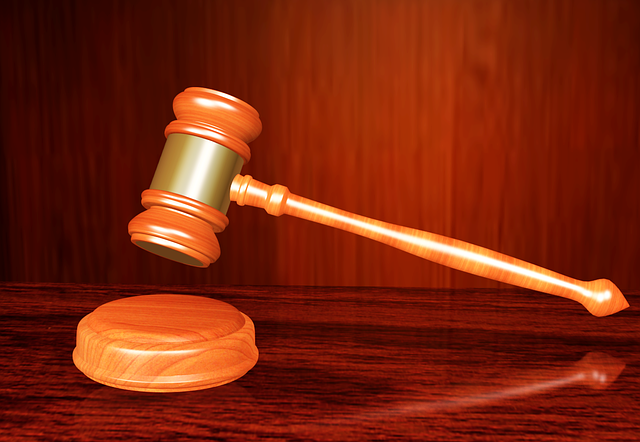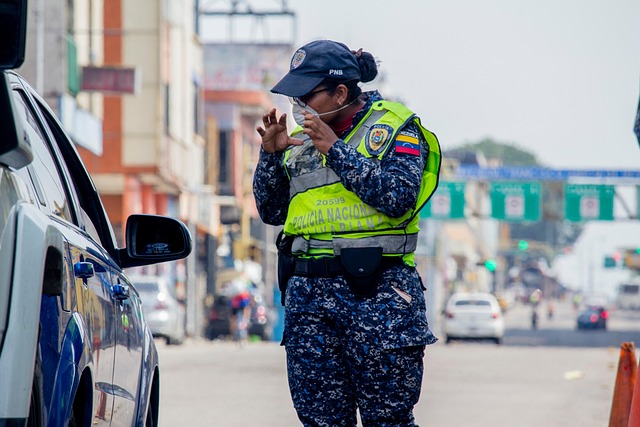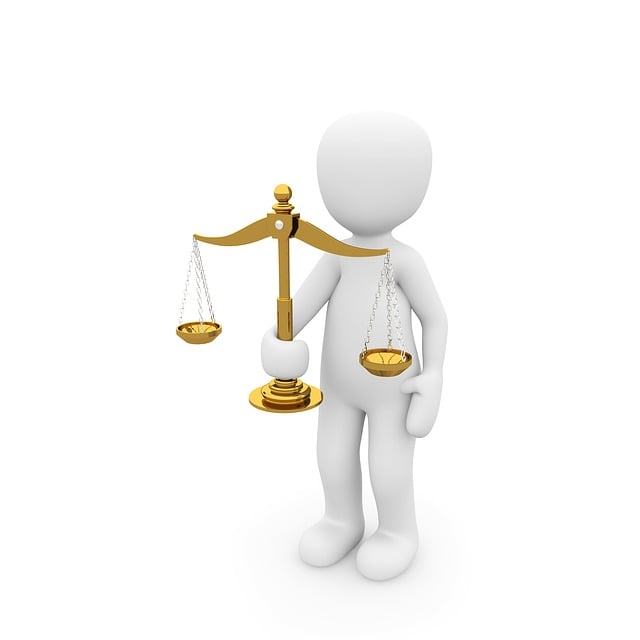The burden of proof significantly shapes the outcomes of whistleblower protection lawsuits, requiring plaintiffs to present compelling evidence beyond a reasonable doubt. Understanding this dynamic is crucial for both whistleblowers and organizations, as it ensures fairness and prevents unfounded claims. High standards favor defendants, while lower thresholds may benefit plaintiffs, impacting verdicts in white-collar crime cases. Strategizing involves crafting a compelling narrative linking defendant actions to legal violations, aiming for favorable outcomes promoting transparency and accountability. Despite initial challenges, the future of these lawsuits appears promising due to increasing successful cases against white-collar criminals.
“Uncovering the intricacies of whistleblower protection lawsuits, this comprehensive guide explores the legal landscape where courage meets justice. Understanding the burden of proof is pivotal in these cases, as it dictates the course of evidence presentation and ultimately influences verdicts. From defining key terms to analyzing real-world case studies, we delve into strategies for plaintiffs and the broader implications for ensuring whistleblowers’ rights are protected. Discover how the burden of proof shapes outcomes and learns about the future directions in this evolving domain.”
- Understanding Whistleblower Protection Lawsuits: A Comprehensive Overview
- The Role of the Burden of Proof in Legal Proceedings
- Analysis of Key Case Studies: How Proof Standards Impact Outcomes
- Strategies for Plaintiffs: Navigating the Burden of Persuasion
- Implications and Future Directions: Ensuring Justice for Whistleblowers
Understanding Whistleblower Protection Lawsuits: A Comprehensive Overview

Whistleblower Protection Lawsuits are legal battles that arise when individuals (whistleblowers) expose illegal or unethical activities within organizations, such as fraud, public health violations, or environmental crimes. Understanding the dynamics of these lawsuits is crucial, especially in terms of how the burden of proof significantly influences their outcomes. The burden of proof rests on the plaintiff to present compelling and credible evidence that supports their claims against the accused organization or individual.
In such cases, an unprecedented track record of successful whistleblower protection lawsuits often hinges on solid documentation, eyewitness accounts, and expert testimony. This is where a strong general criminal defense strategy becomes paramount for those facing such allegations. Unlike scenarios where all charges are completely dismissed, whistleblowers must navigate complex legal landscapes to ensure their rights are protected. The outcome can be life-altering, as it may lead to significant financial rewards or rehabilitation of reputation, but it also carries the risk of severe repercussions if the proof falls short.
The Role of the Burden of Proof in Legal Proceedings

In whistleblower protection lawsuits, the burden of proof plays a pivotal role in shaping the outcome of legal proceedings. This concept refers to the responsibility of a party (in this case, either the whistleblower or the organization they accused) to present sufficient and compelling evidence to support their claims or defenses. The onus of proving the allegations lies with the plaintiff, who must convince the court beyond a reasonable doubt that the defendant engaged in illegal or unethical conduct. This is crucial as it ensures fairness and prevents baseless accusations from succeeding.
Understanding how the burden of proof affects verdicts is essential in navigating these complex cases. In the realm of white-collar defense, establishing an unprecedented track record of winning challenging defense verdicts often hinges on this principle. Effective legal strategies must be crafted to counter the plaintiff’s evidence and present a compelling alternative narrative. By carefully examining the available facts, presenting expert testimony, and employing robust cross-examination techniques, defenders can successfully manage the burden of proof, ultimately influencing the court’s decision in their favor.
Analysis of Key Case Studies: How Proof Standards Impact Outcomes

The outcome of whistleblower protection lawsuits often hinges on the burden of proof—the standard that determines which party must present sufficient evidence to support their claims. In cases where the plaintiff, usually a whistleblower, bears the burden of proof, they must convince the court of their allegations with clear and convincing evidence. This high standard can be challenging for whistleblowers, especially in complex matters, as it requires demonstrating facts with certainty. On the other hand, when the defendant (the entity accused of wrongdoing) carries the burden, a lower standard of proof may apply, making it easier to establish liability.
Analysis of key case studies reveals that the burden of proof significantly influences verdicts. In general criminal defense cases across the country, defendants often benefit from a more favorable outcome due to the presumption of innocence and the higher bar set for convicting them. Jury trials further emphasize this point, as jurors must be convinced beyond a reasonable doubt. Conversely, when whistleblowers take their cases to court, they face a steeper climb, particularly in terms of How Burden of Proof Affects Verdicts. This dynamic underscores the critical role that proof standards play in shaping the outcomes of whistleblower protection lawsuits.
Strategies for Plaintiffs: Navigating the Burden of Persuasion

In whistleblower protection lawsuits, understanding how the burden of proof affects verdicts is crucial. Plaintiffs must navigate a complex landscape where they bear the responsibility of persuading the court that their claims are valid. This involves presenting compelling evidence at every stage of the investigative and enforcement process to overcome potential defenses raised by defendants, particularly in cases involving white collar and economic crimes.
Strategizing effectively requires recognizing that the burden isn’t merely about proving facts but also establishing a strong narrative linking the defendant’s actions to violations of whistleblower protection laws. By focusing on avoiding indictment while presenting clear evidence of misconduct, plaintiffs can enhance their chances of securing favorable verdicts. This strategy ensures that the truth comes to light, fostering transparency and accountability in dealing with such sensitive matters.
Implications and Future Directions: Ensuring Justice for Whistleblowers

The outcome of whistleblower protection lawsuits hinges significantly on the burden of proof. This legal principle demands that the plaintiff presents compelling evidence to support their claims, leaving little room for speculation or doubt. In the context of whistleblowing, this means corporate insiders must provide robust documentation and credible testimony to substantiate their allegations of fraudulent activities within their organizations. The success of such cases often rests on the whistleblower’s ability to meet this stringent standard.
Looking ahead, the future of whistleblower protection lawsuits appears promising. As more individuals take it upon themselves to expose corporate malfeasance, the legal landscape is evolving to better support these acts of courage. This shift is evident in the increasing number of successful cases against white-collar criminals, showcasing an unprecedented track record of justice served. The impact extends beyond individual victories; it fosters a culture of transparency and accountability, encouraging employees to come forward without fear of retaliation, benefiting both corporate and individual clients alike.
Whistleblower protection lawsuits play a pivotal role in ensuring accountability and promoting transparency. As this article has explored, understanding the burden of proof is essential to navigating these complex legal battles. The analysis of case studies reveals that the standard of evidence significantly influences outcomes, underscoring the need for robust strategies on both sides. Moving forward, it’s crucial to continue refining legal frameworks to protect whistleblowers and encourage them to come forward without fear of retaliation. By examining real-world impacts and adopting effective measures, we can foster a culture of integrity and justice.






